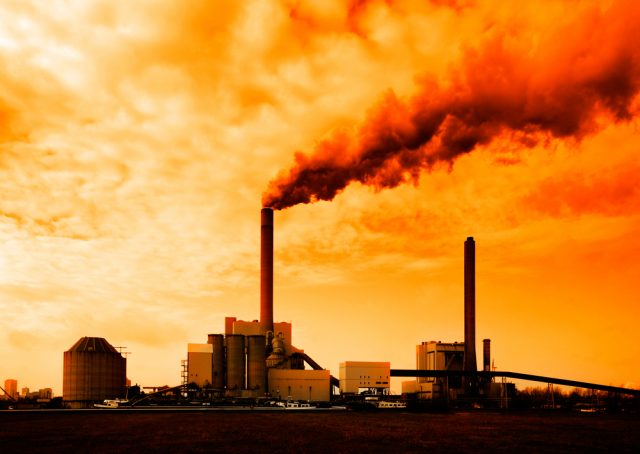
In the latest step of a saga that dates back to the Bush administration, the EPA issued its final rules on how the US will cut back on the carbon emissions created by electricity generation. During the long struggle over their formulation, however, President Obama decided to make climate change a central focus of his years in office. As a result, he was present to introduce the rules, portraying them as part of a large package of efforts meant to tackle climate change.
Borrowing language that his political opponents frequently use when confronted with the topic of climate change, Obama started with an observation. "Now, not everyone here is a scientist, but some of you are among the best scientists in the world," he said. He went on to launch into a large number of figures about the changing climate, and he made the argument that these changes have severe implications for our health, economy, and national security.
After saying climate change is "the reality that we're living with every day," President Obama also reinforced society's potential impact. "There is such at thing as being too late when it comes to climate change," he said.
So what are we going to do? By 2030, the EPA's draft plan would cut power plant emissions by 30 percent compared to 2005 levels. The final version would boost that number to 32 percent. According to the EPA's analysis, the plan would reduce premature deaths due to power plant emissions by 90 percent, saving the average family $85 on their annual energy bill.
States would be required to submit preliminary plans for achieving these reductions by late next year, but they can get extensions of up to two years. Implementation will be required to start in 2022, but there would be unspecified incentives for states to start earlier. These incentives are intended to drive adoption of energy efficiency measures and use of renewable energy.
The emissions limits are being presented as part of a large climate effort. In its announcement, the White House emphasized its connection with everything from past clean energy investments to earlier fuel economy standards. It also tied them to more recent programs such as those designed to open up efficiency and solar energy to the poor as well as a jobs and aid program intended for coal-producing areas.
But the biggest portion of the announcement was dedicated to those who will undoubtedly challenge the rules legally or try to dismantle them when the administration leaves office. Anticipating the cries of economic destruction and skyrocketing energy costs, Obama basically said "we've heard it all before." The announcement notes that since the passage of the Clean Air Act, pollution has dropped by 70 percent even as the economy tripled in size.
And according to Obama, we're seeing the same thing with carbon emissions. "Over the past decade, even as our economy has continued to grow, the United States has cut our total carbon pollution more than any other nation on Earth," he said. Rather than focusing on technical language, he referred to "limitless dumping of carbon pollution."
Whether this sort of salesmanship will win over a public more prone to focusing on Donald Trump's latest outrage isn't clear. And it probably doesn't matter; the key audience will be the Supreme Court where, so far at least, the EPA has largely been successful in its push to control emissions.
reader comments
117